Gardeners Share Why It’s Best To Sow Beetroot Seeds Directly In Open Ground

VEGETABLES > BEETROOT > SOWING
Reviewed By PETER LICKORISH

Peter is a Horticulture Lecturer and self-employed Horticulturist, with a passion for diverse areas of the industry - from garden design to the science behind plant growth and propagation. He has completed the Royal Horticultural Society’s Master of Horticulture (MHort) Award and lectures on RHS courses at Bedford College.
Contributions From EMILY CUPIT

Emily is a Gardening Writer, Photographer and Videographer from Derbyshire, UK. She is the Founder of Emily's Green Diary - a community of more than 75,000 people who share in her gardening journey.
IN THIS GUIDE
BEETROOT GUIDES
Flavourful Beetroot is among the most rewarding vegetables you can grow in your garden.
You will reap an even richer reward if you go about it correctly.
However, beetroot, along with some other vegetables, has a deserved reputation for being averse to being transplanted.
Sowing beetroot seeds in trays and then transplanting the seedlings into open ground can be a self-defeating exercise – meaning it is often best to sow Beetroot seeds directly in open ground.
| Difficulty | Medium |
| Equipment Required | Seeds, spade, gloves |
| When To Sow | April – July |
| Planting Aspect | Full Sun / Part Shade |
Beetroot seeds rather look like knurly husks; somewhat resembling American mixed-grain cereal.
The vast majority of Beetroot varieties’ ‘seed’ actually contains three or four seeds, while a few newer cultivars have monogerm seeds.
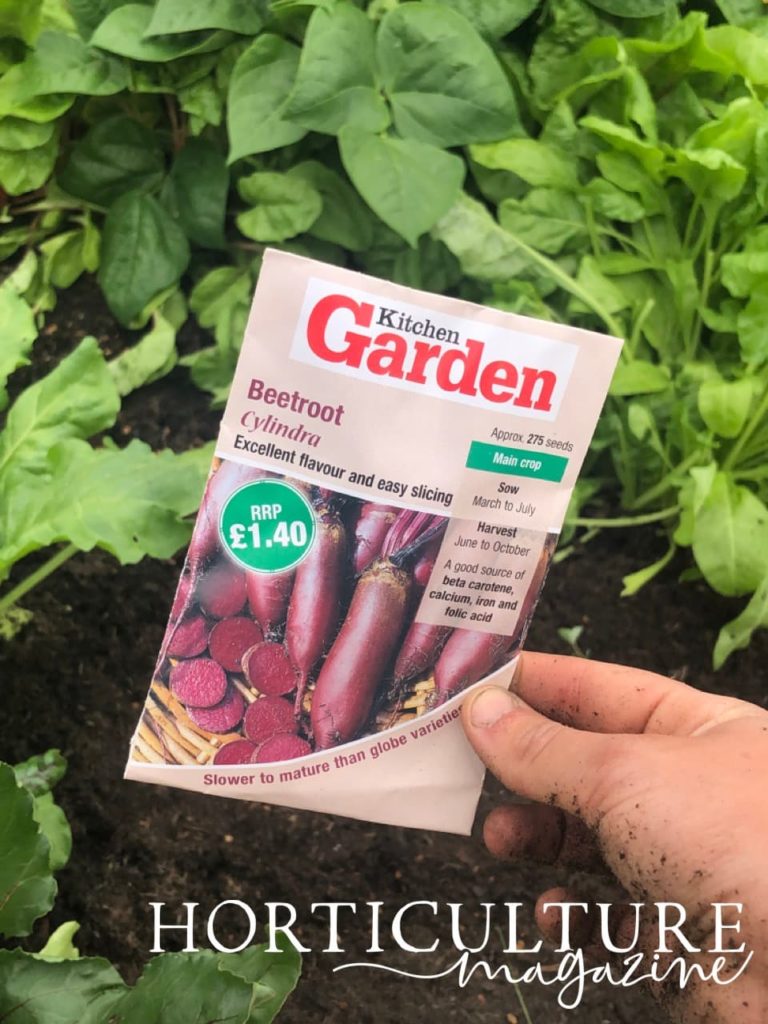
These have only one actual seed – technically embryo – per seed.
Beetroot needs soil that drains very well but is rich and fertile.
If your garden soil does not drain well, improve drainage with perlite, grit, a raised bed, or some combination of these.
You can sow Beetroot by following these steps.
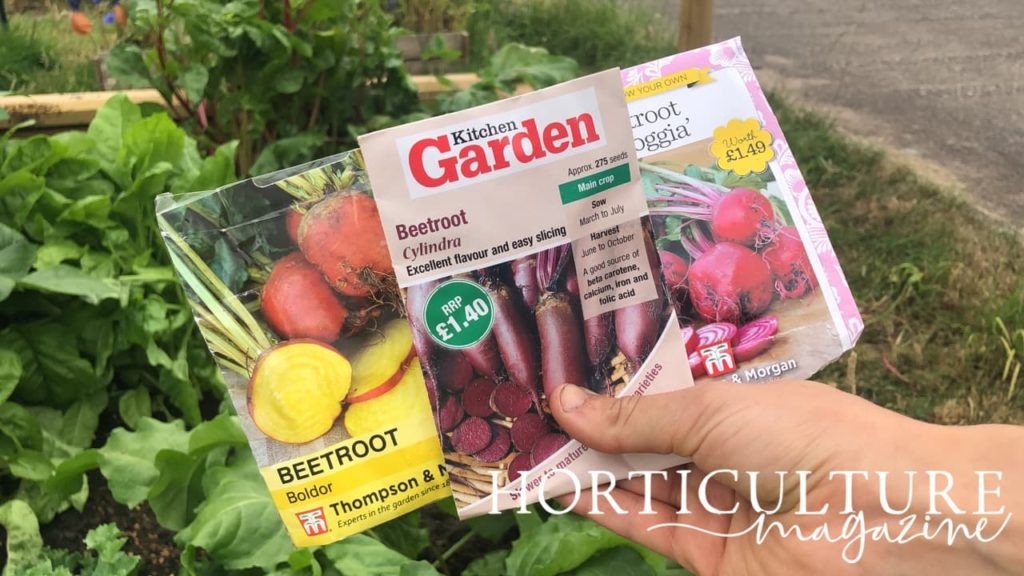
Keep in mind that these steps need not be performed only once a season.
Though Beetroots are admittedly best sown in mid-spring and early autumn, they are amenable to successional sowing in most parts of the UK so feel free to sow a handful of seeds right from April through July every fortnight to enjoy a harvest clear from June into October.
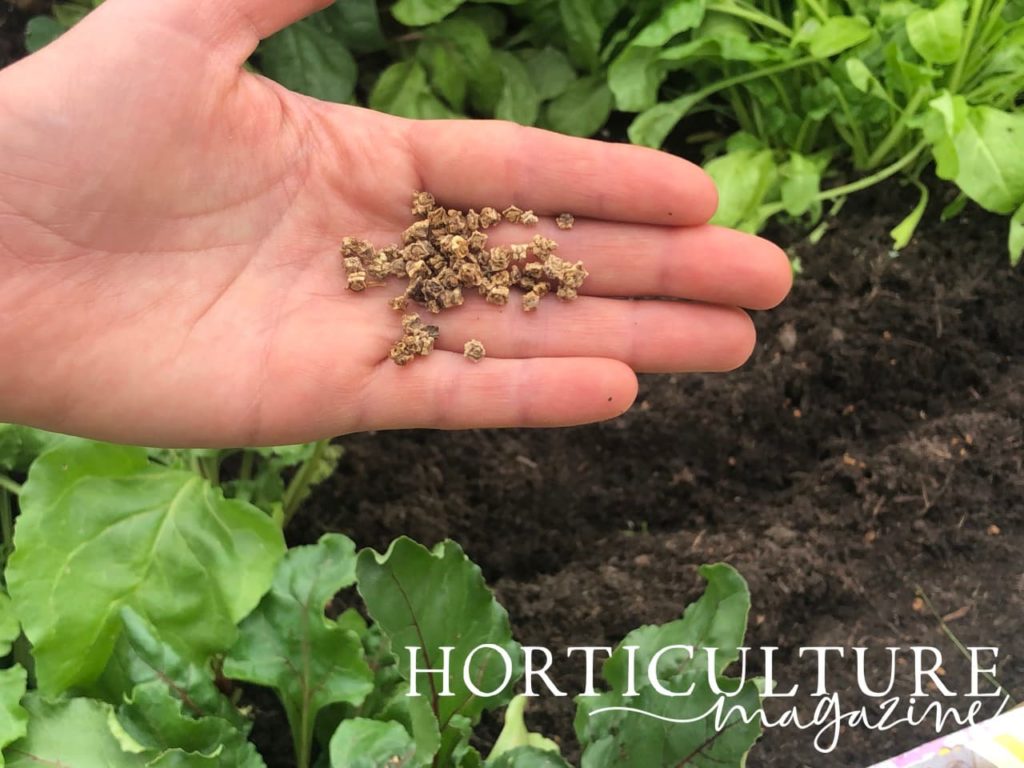
Grow beetroot from seed by following these five simple steps:
- Prepare the soil
- Scarify the seeds
- Sow the seeds
- Water the seeds and seedlings
- Protect the seedlings
This process is explained in more depth below.
1) Prepare The Soil
Choose a spot of ground in full sun or partial shade.
If you live in one of the balmier regions of the UK and plan to grow Beetroots through the summer, you need a partial shade location.
The ground should be cleared of stones, tree roots, and such.
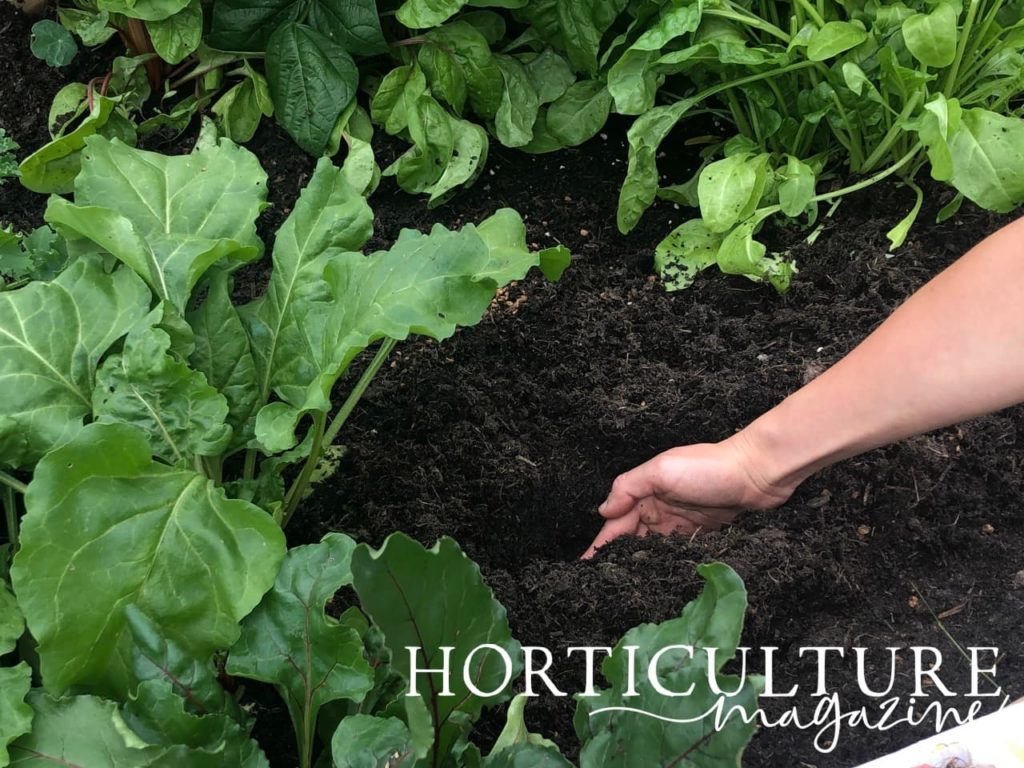
Prepare the ground a few days to a few weeks before you intend to sow the seeds.
Cultivate the ground to a depth of a good 30cm, breaking up any large lumps.
If the ground does not drain very well, you have a choice of mixing in perlite or grit, especially at the lower strata, or sowing in ridges or making a raised bed, or both.
Mix in well-rotted chicken manure and/or organic compost at about a 20% ratio to the garden soil, and add smaller quantities of a balanced granular fertiliser.
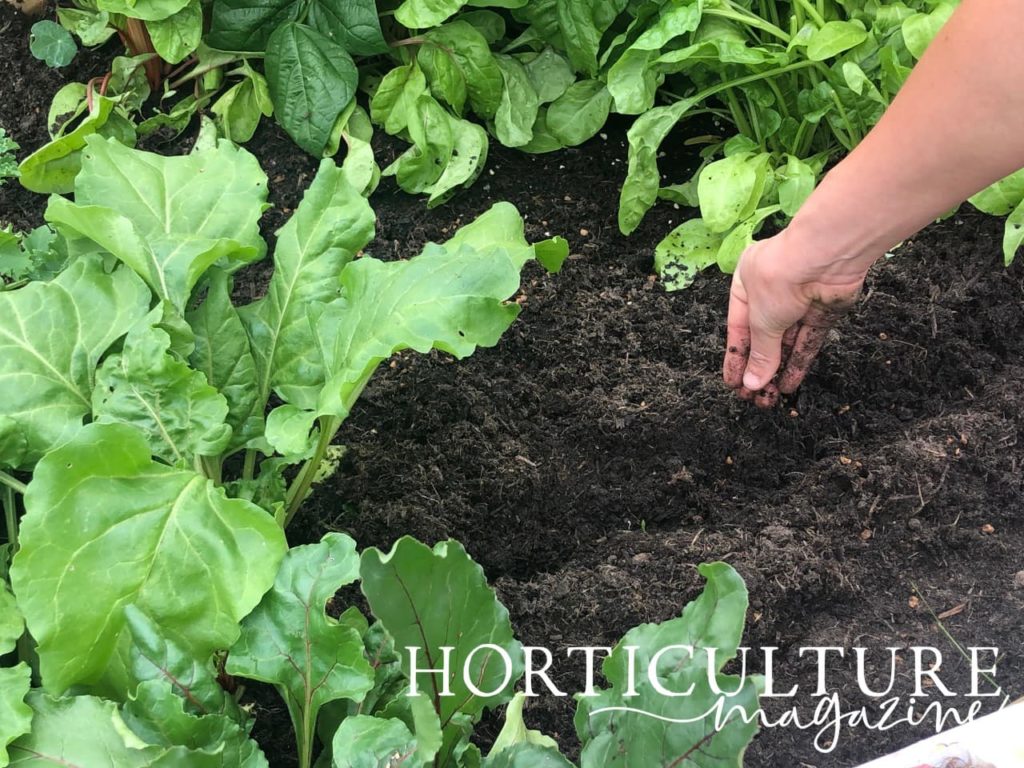
The soil should not be densely packed.
The optimal soil pH level is slightly acidic, with a pH ranging from 6.1-6.5, though there is certainly some margin at each end.
2) Scarify The Seeds
Start sowing Beetroot seeds when the soil temperature is 8°C or more which is usually some time in April.
Scarifying can improve the germination rates of beetroot.
Though you can cut into the hard outer husk or abrade it with sandpaper, soaking is the easiest way to go about it.
Simply fill a jar with lukewarm water and soak the seeds for around an hour before sowing.
3) Sow The Seeds
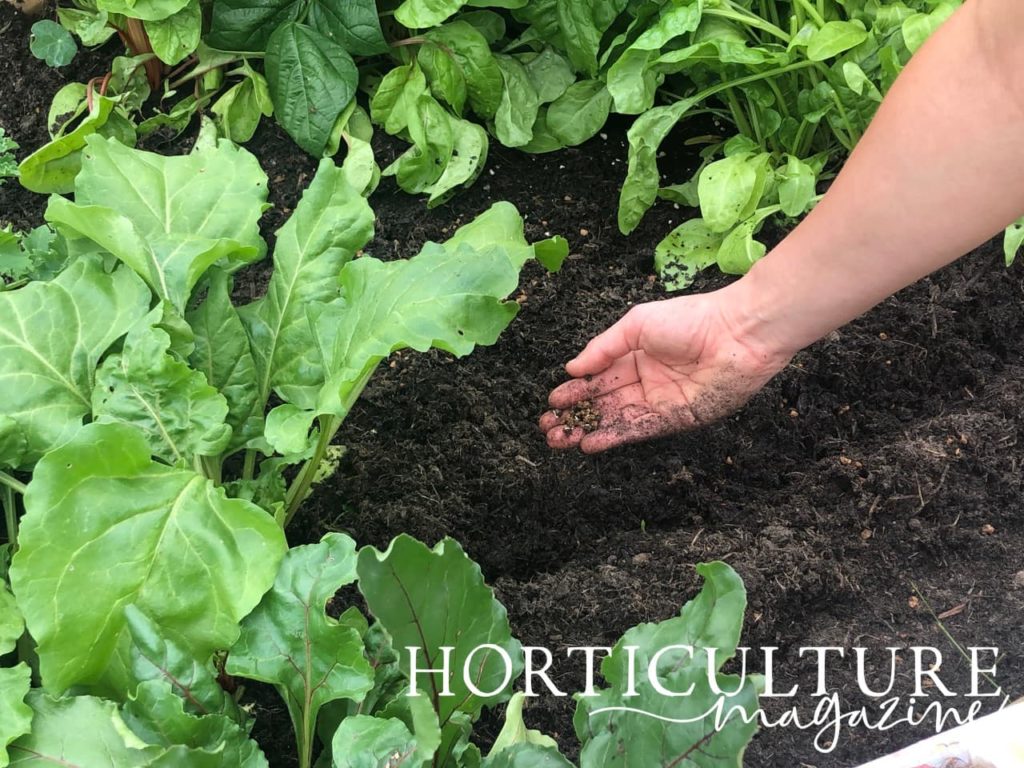
Sow the seeds 8-10cm apart at a depth of 2-3cm.
You can pull a cane or a hoe through the soil to make a shallow drill for sowing.
Keep in mind that each seed of a multigerm cultivar will likely give rise to more than one plant.
Rows should be spaced at about 30cm.
Loosely cover the seeds by raking soil over the top.
Moderately water the freshly-planted seeds. If it rains then that may be all the water they need.
Seeds should germinate in 10-14 days but they may take as little as one week (or as many as three).
4) Water The Seeds And Seedlings
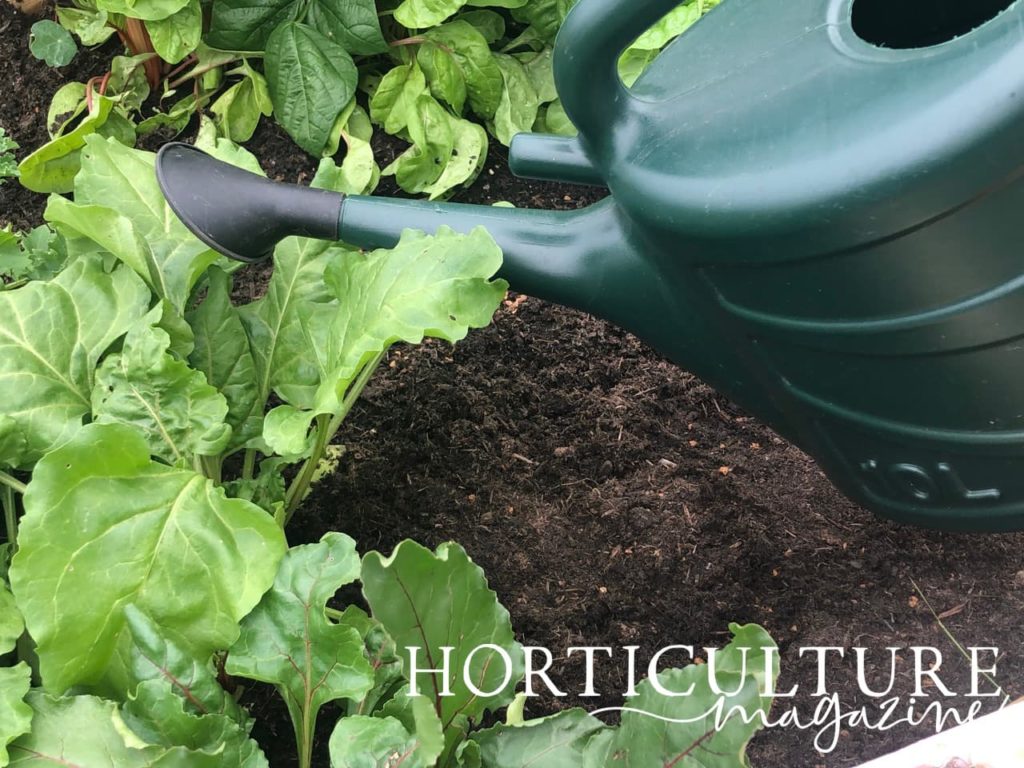
Watering frequency will depend on the season and rainfall.
Give the seeds or young plants a light watering if it has not rained for a week, otherwise rainwater should suffice.
In hot and dry weather, increase the frequency of watering even up to every two days.
Do not let the soil get dry.
5) Protect The Seedlings
Deer, rabbits, and other small animals love Beetroot greens.
If you anticipate that your plants are under threat, cover them with a suitably spaced garden mesh or even wire netting.

However, sunlight should get through the protective barrier.
When the plants are of sufficient size, say 3cm, thin them so that you are left with one plant per seed – that is one plant every 8-10cm.
“There are ways of squeezing in an extra-early crop, by bringing your sowing date forward a month,” adds Peter Lickorish, a Horticulture Lecturer.
“This can be done by using black membrane to cover soil before sowing can raise the temperature slightly and the ground can be fleeced after sowing.”

